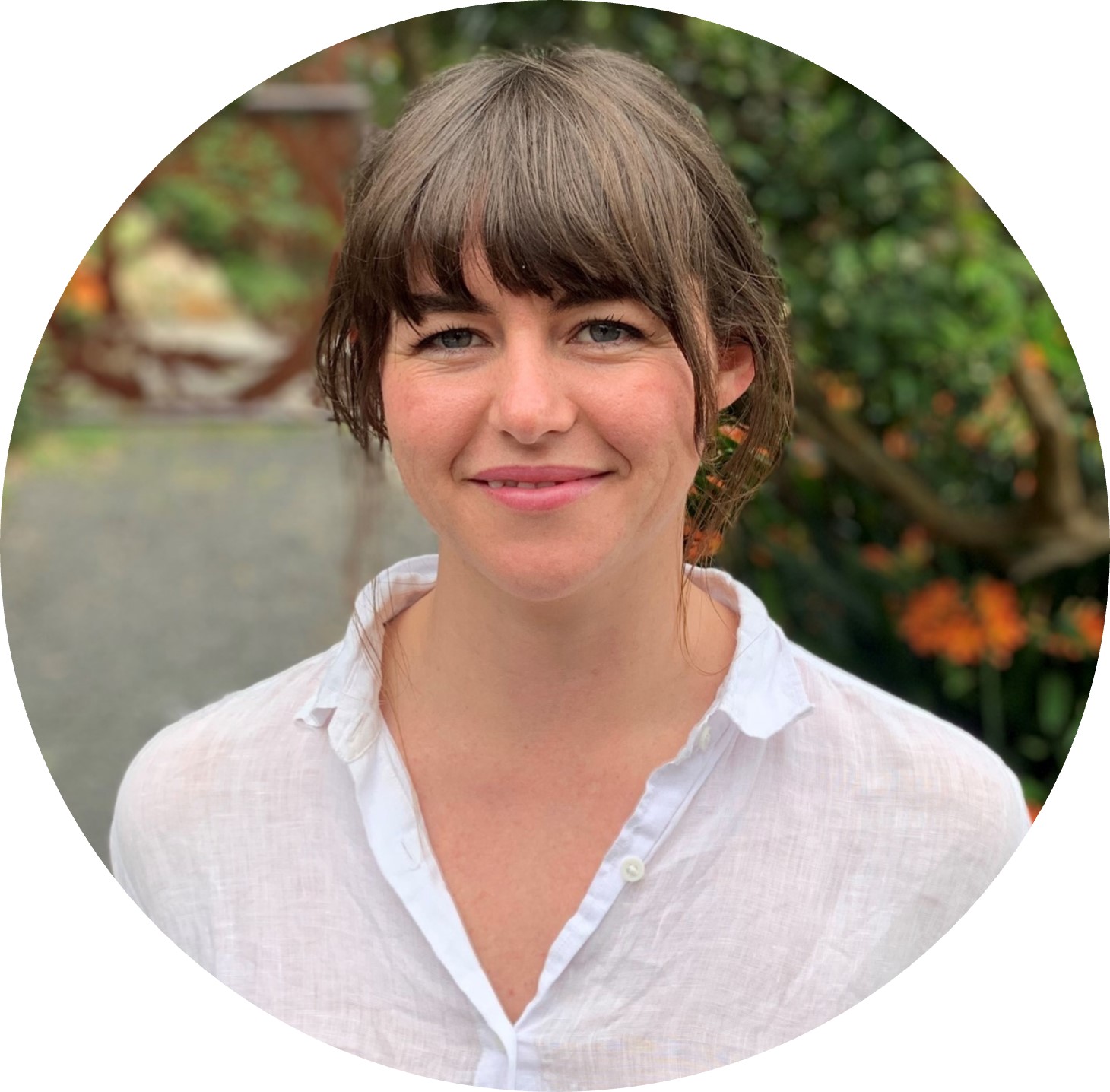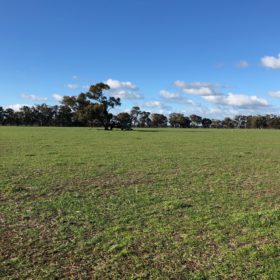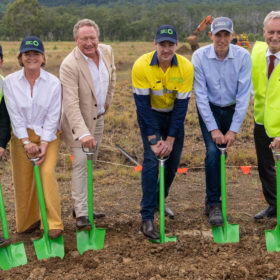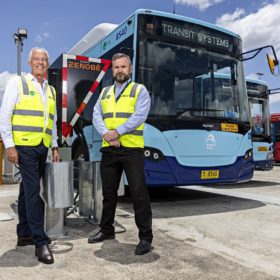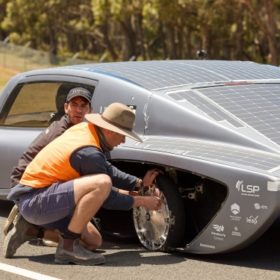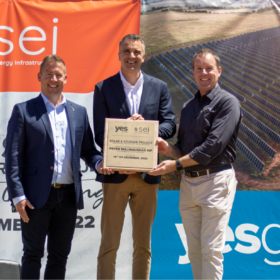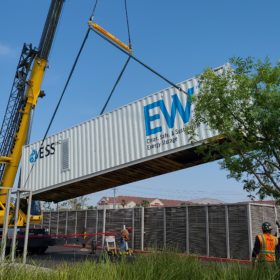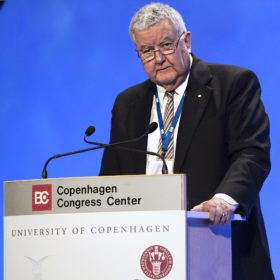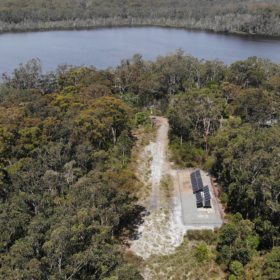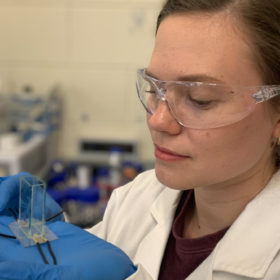FRV reaches financial close on another solar farm, second big battery to come
FRV Australia has reached financial close on its Walla Walla Solar Farm thanks to a PPA with Microsoft. The company is also progressing its second big battery in Australia, the 250 MW / 500 MWh Gnarwarre battery in Victoria, after winning support from the Australian Renewable Energy Agency.
Contract for FFI’s Gladstone electrolyser substation announced
Australian company GenusPlus Group has been awarded a $15 million (USD 9.9 million) contract with Fortescue Future Industries (FFI) to design and construct a 275 kV substation at FFI’s Green Energy Manufacturing Centre in Gladstone, Queensland.
Australia’s largest electrified bus depot goes into operation in Sydney’s west
A the newly operational electric bus depot in Sydney’s west illustrates the infrastructure required to run an electric bus fleet, but also demonstrates that an electric bus fleet requires less charging than originally forecast.
UNSW claims provisional record for fastest single-charge EV over 1,000 km
A solar-powered electric vehicle, designed and built by students of the University of New South Wales (UNSW), has claimed a provisional Guinness World Record by going 1,000 kilometres on a single charge. The researchers managed the feat in under 12 hours.
SA solar-plus-battery project energised in ‘fast’ mid-scale push across NEM
The 5 MW Woods Point Solar and Storage Farm in South Australia is open – it is one of three identical solar storage projects being commissioned by SEI and Yes Group in December, and part of a much larger mid-scale play.
Iron-flow battery arrives at Queensland testing centre ahead of major ‘perfectly suited’ manufacturing play
Moving with Australia’s Zeitgeist, Stuart Parry, managing director of Energy Storage Industries, is working to bring battery manufacturing onto Australian shores – and his approach is, if not novel, certainly well advanced. “It’s about being smart in how we do it,” Parry tells pv magazine Australia.
In review: where Australia’s make-or-break climate policies are at after tumult of 2022
Two of Australia’s key mechanisms for delivering the country to its climate commitments went into review in 2022 with the change of federal government. Australia’s carbon credit scheme and its Safeguard Mechanism, which aims to drive down emissions from Australia’s biggest polluters, are both inextricably linked and infuriatingly opaque. With those reviews to be handed down shortly, pv magazine Australia offers a brief recap on where we’re at.
‘That question should be put to everyone’: kids book on transition raises cognisance and questions
ANU’s Dr Bjorn Sturmberg has launched his book Amy’s Balancing Act, a fable about Australia’s energy transition. While, of course, for kids, Dr Sturmberg’s book gestures towards fundamental questions for the industry itself. The energy transition is not just a technological shift, he tells pv magazine Australia, but systematic and emotional one – facets often overlooked within the industry.
Standalone power systems begin migrating to eastern states
Boundary Power, a union between West Australian standalone power system (SAPS) leader Horizon Power and Ampcontrol, has installed its first off-grid system for an unnamed east coast utility in regional New South Wales.
Melbourne researchers use sound waves to boost green hydrogen production 14-fold
Researchers from RMIT and the University of Melbourne have discovered high-frequency vibrations can release 14 times more hydrogen compared with standard electrolysis techniques. The discovery also has ramifications for the expensive, rare materials currently used in electrolysers. “With sound waves making it much easier to extract hydrogen from water, it eliminates the need to use corrosive electrolytes and expensive electrodes such as platinum or iridium,” research lead Amgad Rezk said.
